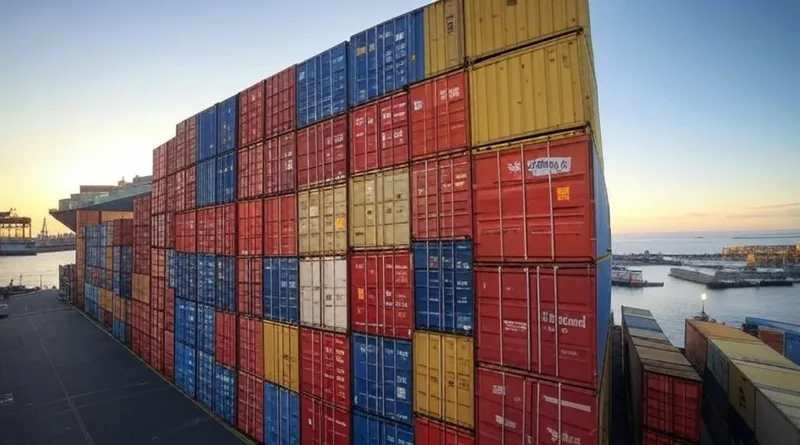
In the past months, “tariffs” have become a constant topic, so let’s break down what they are and how they work.
What are tariffs?
In short, tariffs are taxes that a country imposes on imported or exported goods. They can target specific categories of goods and services or specific trading partners.
Tariffs were always present, but they were generally very narrow, meaning they were for a limited category of goods from a few countries and often for a limited time.
So why is there a big fuss now about US tariffs? Because they are broad.
Do tariffs increase prices? Why?
Yes, they do. To explain, let’s take a practical example.
You have a business importing T-shirts from China, branding them with your unique design, and then selling them for a profit. You import the blank T-shirt for $20, print your design onto it for $7, and sell it for $30, making a profit of $3. So when the government adds a 20% tariff, the blank T-shirt costs you $25 ($20 for the T-shirt and $5 for the tariff); you can’t still sell the T-shirt for $30, as that would result in a $2 loss, so you’ll have to increase your price to $35 to maintain the same profit value.
As the example illustrates, without exception, all the prices of the goods impacted by tariffs will increase. This increase will generate inflation.
So, what is the point of tariffs?
The goal is to protect and encourage local production of the tariffed goods.
In our example, the extra $5 cost for the Chinese T-shirt might make it feasible to buy from someone local at $24. If such a business doesn’t exist, it might be attractive for someone to build it since the pricing makes it feasible now.
Also, even if local production is not feasible (as it probably is not with T-shirts), there are geopolitical reasons: having a 20% tariff on China while having 0% on a more expensive Brazil would result in moving those exports from China to Brazil.
What are counter-tariffs?
A direct effect of adding a tariff is that the tariffed country’s exports will decrease, hurting the companies exporting. So, the tariffed country will retaliate with a counter-tariff to hurt the businesses in the other country.
If this spiral continues, it will hurt companies and consumers in both countries.
Conclusion
Tariffs can be a tool if applied in a targeted and non-malicious way.
For example, it is reasonable to have tariffs on car imports from China to protect local manufacturers while they catch up technologically.
However, applying tariffs broadly or with ill intent will generate inflation and hurt local businesses through the inevitable counter-tariffs.
Tariffs take some time to generate their effect, at which point the government can roll them back. Meanwhile, you’ll need to ride the waves patiently.